Thursday 23rd April 2020
written by Alison Ure
Good morning everyone,
I hope you were warm enough in the night? It does cool down here more than in the towns. Wasn’t the food great last night? I told you, you wouldn’t be disappointed. Don’t forget to go a get your packed lunch this morning and top up those water bottles too as it’s going to be another warm day but with some cloud this afternoon. Remember your sunscreen.

I’m sure you will have heard the twittering of swallows and screeching of swifts last night and this morning. These are not the same species we see in the UK, though have very similar habits to our more familiar birds, the swallows have red rumps and the swifts white rumps. Another bird you may be lucky enough to see is a hoopoe, I’ve seen a few in the years I’ve been coming to Turkey, but not many. Also bee-eaters, you usually hear these highly coloured birds before you see them, they make a sort of mewing sound. Another flying delight I have seen on several occasions is the swallow tailed butterfly, again there is a possibility of one of those today. HERE is an introduction to some of the birds and butterflies we may see today.
You have two choices today, either a 2.5/3 hour hike up and over the steep hill behind the ghost village, or a leisurely morning on the beach at Ölüdeniz where the walk will finish. We are joined this morning by a second but more local guide, Fartie. The route of the walk is not that familiar to Tolga, who has only done it twice with us, whereas Fartie is a local lad and knows it well. We start on part the Lycian Way, one of the top ten walks in the world, around 540 km from roughly Antalya to Fethiye.
https://en.wikipedia.org/wiki/Lycian_Way
The route we will take today is an offshoot of The Lycian way. It is medium to high difficulty but we will take it slowly. Walking boots and sticks, if you usually use one, are a must and care should be taken against twisting an ankle or other such injury. The views are worth the hard work.
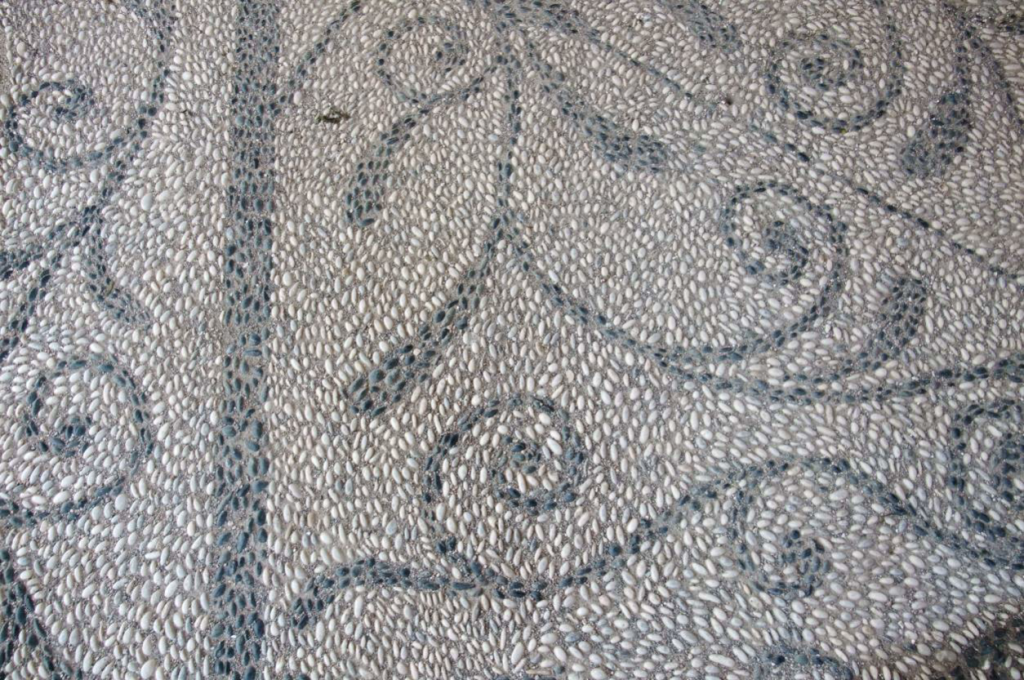
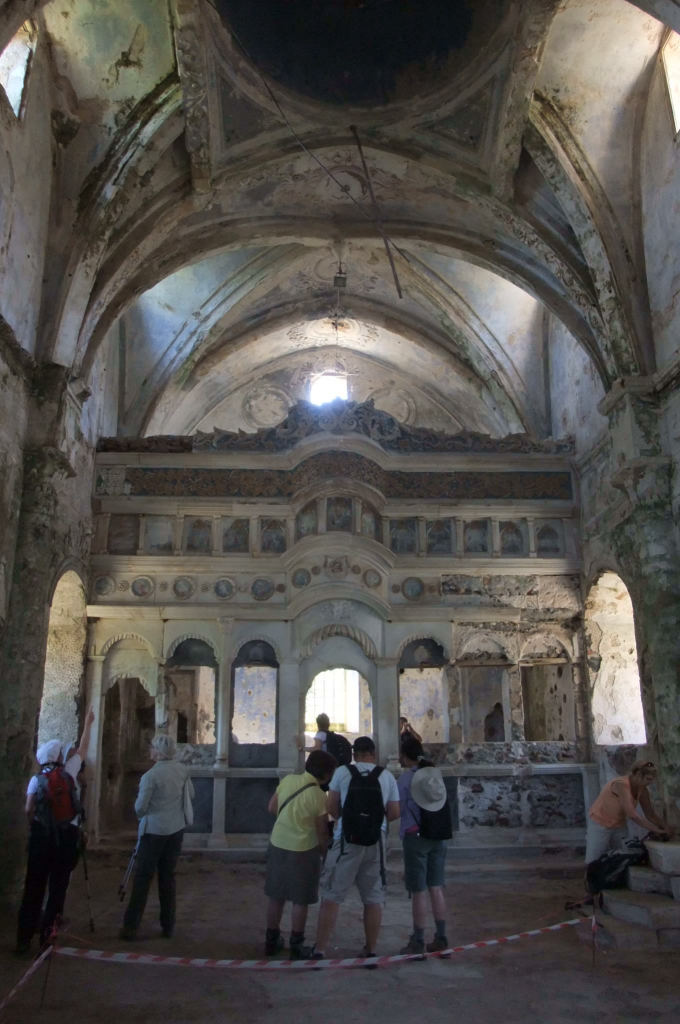
First we’ll have a guided tour around the ghost village then off up the hill in front of us. There are several rock types to be seen on the walk, black dolomitic limestone pretending to be basalt is one. The acid test revealed its calcium carbonate origins and being laid down in organic rich water gave it the dark colour. Schists and black breccia can also be seen. The black and white patterned floors you saw in the church are a combination of the black local limestone and the white limestone from Baba Dağ, the mountain behind Ölüdeniz beach where we are headed. There has been a lot of crustal movement in this area; you’ll see good evidence of this in the afternoon. The particular area of the mountain we will walk over, is part the Tefenni nappe which is thrusting eastwards over Baba Dağ
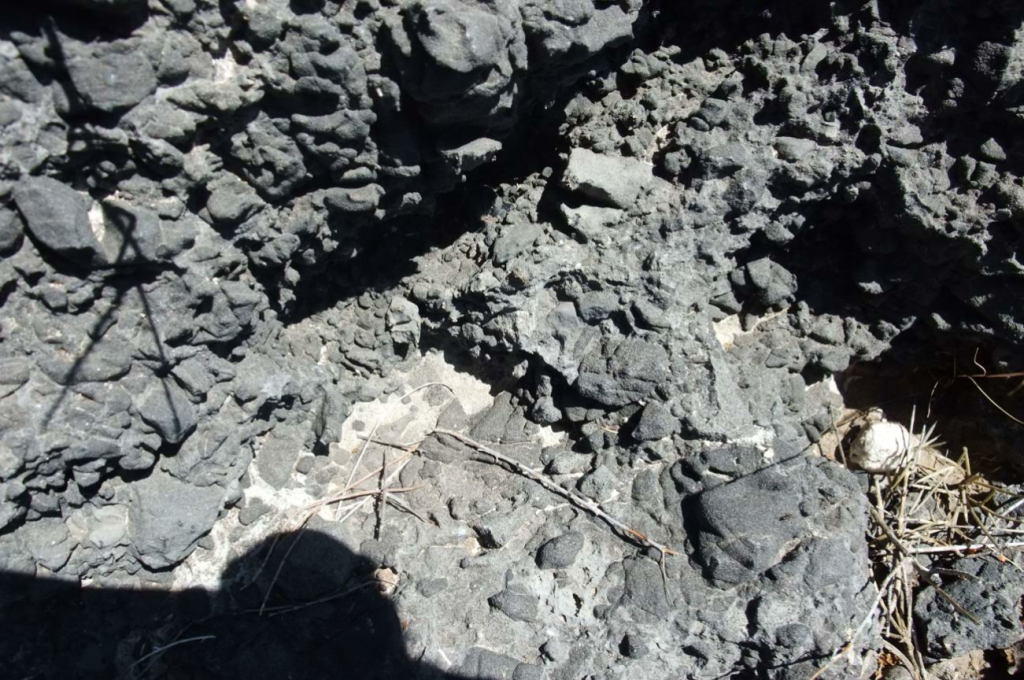

The bus will meet us at the end of the walk behind the lagoon which lays sheltered behind a sand bar, and will take us to join the others for a picnic lunch on the pebble beach and a swim. Do be aware of the steepish drop at the shingle edge into the water. It’s not as easy to get in and out as it looks! Photos of Oludeniz HERE.
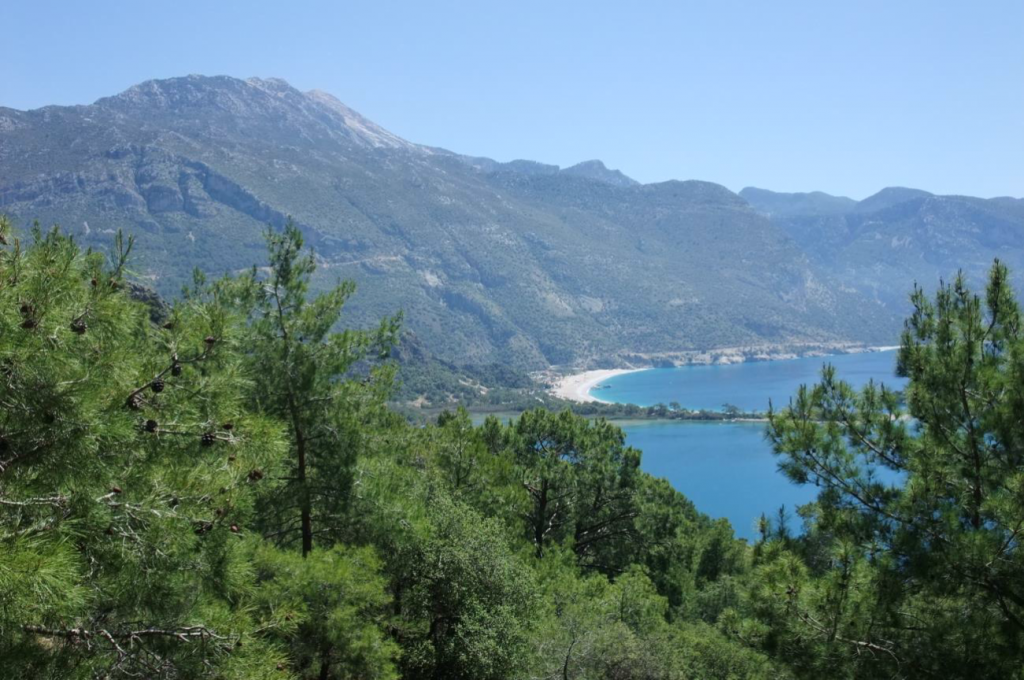
Well that was refreshing. Now before we re-join the bus we’ll take a look at the rocks on the southern end of the beach. The handout describes these rocks which are totally different form the darker rocks found behind the lagoon and during the walk. The thinly bedded limestone overlain by much thicker blocky limestone, tells us the Tethys Ocean was calm at the time of sedimentation, allowing fine carbonate mud to settle. The chert indicates silica being added to the mix at some time or other, so was the water depth deeper then? Not necessarily. There are two sets of tension gashes on some of the rocks, some orientated N-S some NE-SW indicating two different crustal movements. The N-S gashes are a result of the local eastwards thrusting of the Tefanni nappes, the NE-SW are from the SE directional thrusting of the Lycian Nappes further inland. We’ve come across that alignment before. Don’t you think that chert inclusion in the handout looks like a lobster?

fine cracks filled in with calcite, giving the white striped appearance. Note the different
directions of the gashes on the rock below. More photos HERE.
https://www.see.leeds.ac.uk/structure/minor/tensiongash/index.htm
HERE are photos of tension gashes.
https://geology.com/rocks/chert.shtml
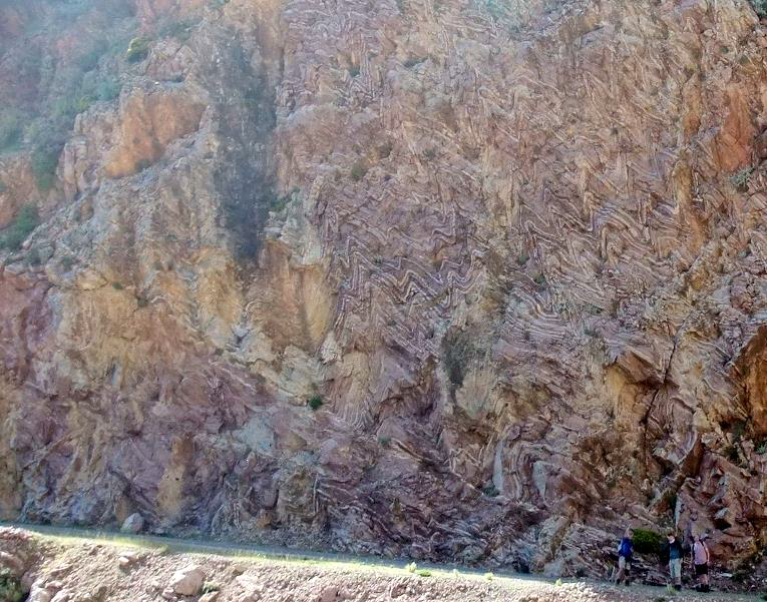
Time to get back on the bus and drive up to Butterfly Valley, the handout explains more. The crustal movement in this area results from the thrusting action of the Tefenni Nappe we saw back in Ölüdeniz. The rock face with the tiny people at the bottom for scale, extends around 400 m above us and 400 m below us into the solution valley. It was a huge amount of movement and the photos do not do it justice. This really is a ‘wow’ site. Once we’ve had our fill of this incredible sight we get back on the bus and drive a short distance to the other side of the valley to George’s House in Faralya for a cup of çay (tea) or something stronger. Here you have a good view of the solution valley with the little beach at the far end. Don’t ask how you get down there, you don’t want to know but mountaineering skills are recommended. A solution valley is, by definition ‘A valley produced by solution activity, either by dissolution of surface materials or by removal of subsurface materials, such as limestone, gypsum, or salt’. In this instance limestone. This is called Butterfly Valley because it is home to the unique Jersey Tiger butterfly.

HERE are photos of Butterfly Valley. And HERE are photos of the Jersy Tiger butterfly.
On the subject of ‘solution’ you may have noticed when we are out on the boats, an indentation in rocks on the water’s edge about six to nine inches above the water surface. This is a ‘solution notch’, same process as the solution valley i.e. dissolution of surface material, but this shows the tidal range in the Mediterranean. Because of the narrow entrance by the straits of Gibraltar there is a smaller tidal range in this enclosed body of water than out in the open ocean.
Well it’s 4.30 pm and time to leave this geologically marvellous area. I don’t know about you but all this sea air and exercise has worn me out. I think a kip before supper might be in order. We’ll be eating together at Muzzy’s again tonight and tomorrow we are off back to Antalya, but a couple of little things to see locally first. Sadly it looks like we’re losing the lovely weather but it looks fine for the first couple of sites in the morning. We will then be in the bus much of the day and hopefully it won’t close in too much to obscure the view.
See you at supper